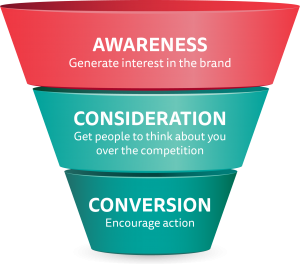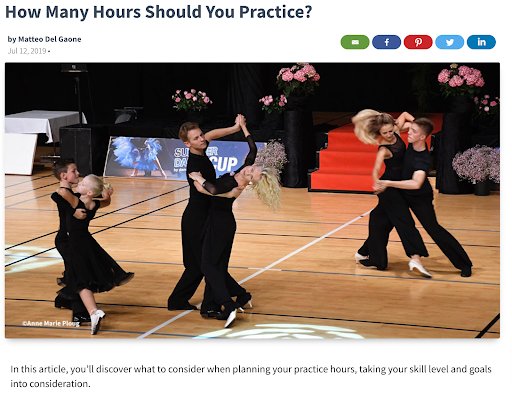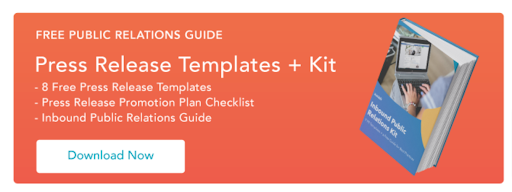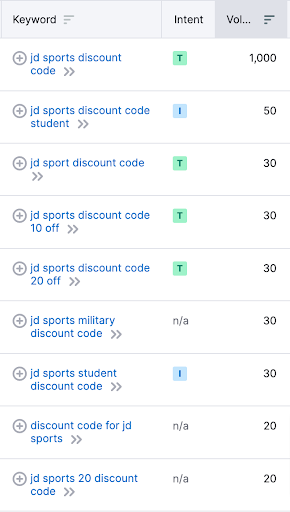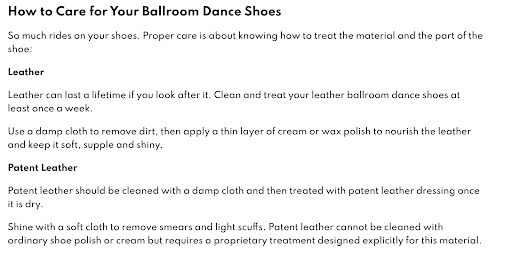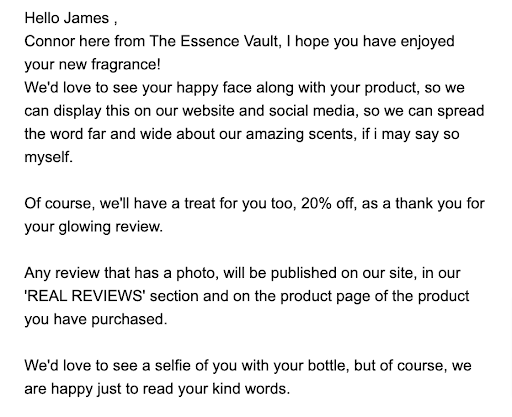SEO is a vital marketing channel for any eCommerce company. Whether you’re just starting out and are trying to attract new business, or you’re well-established and looking to keep your customers coming back, SEO can help.
But what many business owners don’t realise is how SEO should be a priority throughout the entire customer journey, from finding your site through to making a sale and then through to the post-purchase relationship.
In this post, we’ll take a look at the slight differences between the sales funnel and the Customer Value Journey, and how SEO can help at almost every stage.
What Is A Sales Funnel?
What Is The Customer Value Journey?
The Awareness Stage
The Engage Stage
The Subscribe Stage
The Convert Stage
The Excite Stage
The Ascend Stages
The Advocate Stage
The Promote Stage
Put the Customer Value Journey into practice
What Is A Sales Funnel?
In marketing terms, a sales funnel is a visual way of understanding how businesses can turn strangers into customers. As the graphic above shows, there are 3 main stages: Awareness, Consideration and Conversion. Any business should use the methodology of a sales funnel to ensure they have marketing assets that capture people at the Awareness stage and funnel them through to the Conversion stage.
What Is The Customer Value Journey?
The Customer Value Journey is an expansion of the idea of the marketing sales funnel which factors in behavioural psychology. The notion of the ‘Customer Value Journey’ was coined by Ryan Diess of Digital Marketer and is a step-by-step roadmap showing how businesses can turn strangers into loyal customers who promote their brand.
Where a sales funnel is a more ‘high level’ concept that doesn’t prescribe specific actions, the Customer Value Journey is more like a repeatable template that businesses can follow to systematically move people from Aware to Promote via any marketing channel.
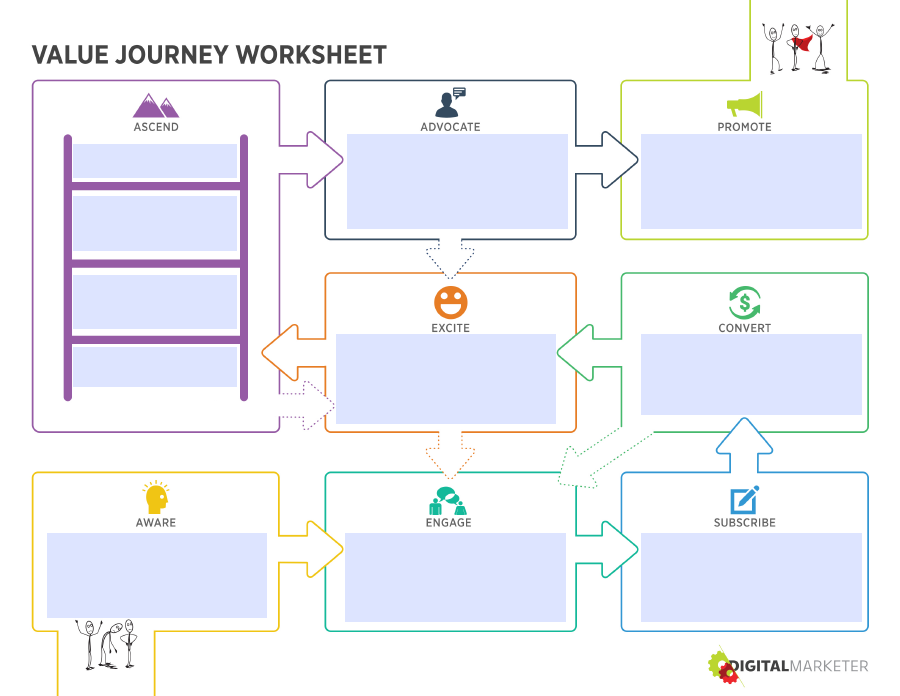
This process of determining what element of marketing is needed at which stage of the user journey has been invaluable in the way that I ideate content and processes for the clients I’ve worked on and even in my own business ventures.
The main aspect of the Customer Value Journey is the understanding that you can’t move people too far beyond the stage they are at unless you have the right element of marketing to do so.
Now I could wax lyrical about this training myself, but I highly recommend reading the Digital Marketing Strategy plan which outlines these steps in greater detail or undertaking the video training session in Digital Marketer Lab.
Whilst this template is applicable to any form of marketing, I’m specifically going to be looking at how SEO can feature at almost every stage.
The Awareness Stage
The Awareness Stage is when a potential customer first discovers you. They have no clue about your business and how you are best positioned to help them achieve their goals. In relation to SEO, the Awareness Stage is when someone enters a search query and looks at the SERPs to determine which page to click on.
Here’s an example of an article I saw whilst looking for reasons and justifications for buying a laptop tray.
The key SEO actions at this stage are to ensure that your pages have optimised title tags with relevant keywords, a clear and relevant URL and a compelling meta description. It’s about getting the searcher to click and read the content.
The Engage Stage
At this stage of the relationship, the searcher has clicked on the chosen page. But are they primed and ready to start converting? Probably not.
They’re not at a point in their journey where they trust you or understand your brand or your level of expertise and authority. Content at this stage needs to really demonstrate that as an individual or business you are the best solution to their problem.
This can be linked to the recent Helpful Content Update where Google is very explicit that content should:
- Demonstrate first-hand expertise and a depth of knowledge (for example, expertise that comes from having actually used a product or service, or from visiting a place).
- Leave someone feeling they’ve learned enough about a topic to help achieve their goal.
- Have an existing or intended audience that would find the content useful if they came directly to you
A good example of a blog that I found myself engaging with was How Many Hours Should You Practice? from Dancesport Life.
In relation to the criteria of the Helpful Content Update, this blog was written by an expert in the dancesport industry, it was very clear and easy to read, and I got all of the information I needed about how many hours to practise.
Sadly, I fear that 15-24 hours per week of practice on top of working for Re: Signal is a bit of a steep ask!
The Subscribe Stage
The subscribe stage is important given that in the previous stage a user has just engaged with your content. Now, as a business, it’s great that people are engaging and interacting with your content. But to progress to the next stage of the Customer Value Journey, you want to get people’s contact details so you can follow up with them and turn them into customers.
To ensure that your content is generating a healthy number of subscribers from organic traffic there are a number of ways you can achieve this.
Depending on the article, you could include the details of an appropriate lead magnet that will encourage users to enter their contact details. For example, a fashion brand could offer
- A downloadable guide on the best autumn outfits for men
- A coupon
- Free products
What I see when looking at the majority of eCommerce sites is the use of pop-ups to capture potential shoppers’ data. Now from a business perspective, this isn’t a bad thing at all. Throughout my career in Digital Marketing, I’ve used pop-up boxes as a way to convert traffic into leads, but from an SEO perspective, pop-up boxes can be tricky.
Google is quite clear on the use of pop-up boxes, also known as intrusive interstitials. Google’s documentation states:
‘Intrusive dialogs and interstitials make it hard for Google and other search engines to understand your content, which may lead to poor search performance. Equally, if users find your site hard to use, they are unlikely to want to visit those websites again, including through search engines’.
So does this mean that you should avoid pop-ups? Not necessarily. Google recommends the use of banners which only take up a small fraction of the screen as a suitable alternative.
Banners don’t need to act in the same way as a pop-up; they can be static and embedded into the article via an image link such as the below example from HubSpot, promoting their Press Release Template Kit.
The Convert Stage
One of the most important stages in the Customer Value Journey is the Convert Stage. This is where the relationship between the business and the customer changes further. If those people you captured in the subscribe stage are still invested and interested in the brand then some of them may be ready to make a purchase.
When referring to the convert stage, Ryan Diess recommends using a low-value entry point offer. This is to ‘give the new prospect tremendous value without forcing them to put too much skin in the game’.
Naturally, SEO at this particular stage of the journey would be centred around optimising product and sales pages so users are inclined to convert. But aside from a well-optimised product or sales page, another page that could be created to influence conversions is a discount or promo code page. A lot of eCommerce shoppers do look for ways to obtain discounts and money off their purchases and use a dedicated promo code. For example, this is evidenced when looking at the keyword data for JD discounts.
These keywords have high search volume and clear transactional intent, meaning that JD Sports could drive a high amount of traffic to the site from people who are ready to purchase.
The Excite Stage
At this stage of the journey, the customer has just completed an initial transaction and the key goal here is to get them excited. Sometimes customers can experience buyer’s remorse after making a purchase. This stage is all about providing the best possible post-purchase experience so they: A) Don’t feel the pang of buyer’s remorse and B) Get so much value from the brand that they feel compelled to make multiple repeat purchases.
SEO wouldn’t naturally fit into this stage, yet eCommerce businesses can make use of Awareness and Engage content to excite customers through other marketing channels.
For example, If I was to buy a brand-new pair of Supadance Ballroom shoes, the business could send a post-purchase email with an article guiding me on how to care for my shoes when I am using them in the studio or in competitions.
The Ascend Stages
This particular stage of the Customer Value Journey is focused on getting a customer to become not only a repeat purchaser but also someone who spends more money with your business. In my experience, SEO doesn’t really fit into this stage. From working on various marketing campaigns focusing in particular on this stage, the most common marketing channels that influence upsells and cross-sells are Paid Advertising and Email Marketing.
The Advocate Stage
Getting valuable reviews is important for a business to attract new customers. Reviews are essential given the fact they provide prospective customers with an overview of the product before they purchase it.
Once a user has purchased a product, a lot of eCommerce stores send out highly targeted and personalised review emails to encourage a review. A really good example of one I received came after buying some new cologne:
I highly recommend that eCommerce stores set up automated review emails to ensure a consistent number of reviews on product pages.
But how does this tie into SEO?
After a product has an ample amount of reviews, I suggest adding review or aggregate rating structured data to enable the page to be eligible for a rich snippet.
By adding review or aggregate rating structured data, a page can show review stars in the search results like this example below:
This enhancement of appearance compared to a standard SERP result could lead to more clicks and traffic.
The Promote Stage
When comparing the Advocate Stage to the Promote Stage, the biggest difference is that promoters are actively looking to tell people about your business and your products. This is one of the most important stages in the Customer Value Journey given that you could end up with a plethora of people almost acting as salespeople for your brand.
Similar to the Ascend stage, SEO does not really apply to the Promote Stage. The main elements of marketing that are applicable to this stage include email marketing and creating referral/affiliate programmes.
Put the Customer Value Journey into practice
The Customer Value Journey is a key concept to understand when it comes to not just SEO but marketing as a whole. By mapping out the steps your customers go through, you can better identify opportunities to use SEO and other marketing strategies to move them along the journey.
If you’re looking for more support or advice on how to leverage SEO for your business, don’t hesitate to contact Re:signal. Our team of experts are here to help you create a successful SEO strategy for your eCommerce business.


